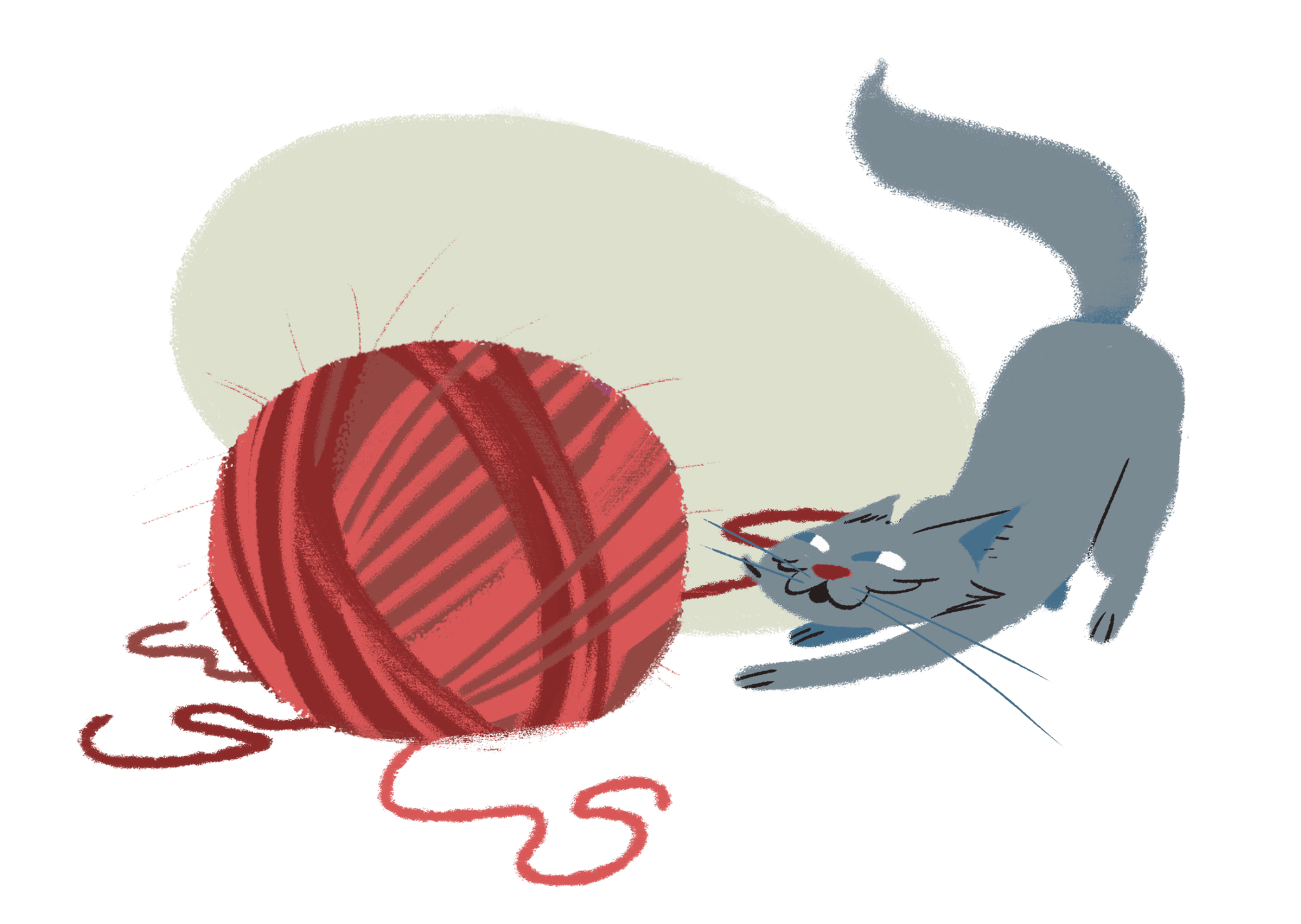
How To Reduce Complexity
Natalie Ediger, September 27, 2018· Cleverclip
At Cleverclip it is part of our daily work to make complex facts understandable. We make the world a little bit easier. But how do we do it?
In order to make a complex topic understandable, it has to be understood first. For us this means that we look at the facts to be explained from all sides, deal with the details and ask ourselves questions about them until we have really understood everything.

Reduction of complexity is not the same as loss of information
When you talk about reducing complexity, the well-known “Reduce to the Max” comes to mind. But you don’t always break down information by omitting something. Reducing complexity can also mean adding more information or rearranging existing things. Reducing complexity does not necessarily mean losing information.
For example, when it comes to explaining a complex process, it can help to look at the individual parts separately and rearrange them. Thus, a complicated and incomprehensible chaos can become a straightforward and simple process.
How complexity is reduced step by step
It is important to start with the right question. It is about choosing an aspect of a topic and finding the one question that needs to be answered. And this question should be as simple as possible. Only with a simple question can we find a simple answer that explains what is necessary in a simple, understandable way and to the point.
Another principle is to delete unnecessary content. Of course you have to think about what is important for your audience, what they already know and what they don’t. Analyse your target group carefully so that you know in detail what information is needed and what you can omit without problems.
Another point that we at Cleverclip take very seriously: Iterative approach. That is, if necessary, we take two steps back and one step forward. Look at your topic from the outside and ask yourself at regular intervals whether it still works and whether your target group will still understand what you want to convey to them.
Not only our visual artists work with pictures. Many of us use scribbling to give form to their ideas and thoughts. Sometimes it even helps if you are not a drawing genius. Because then you have to make even the simplest things even simpler – and thus come playfully closer to reducing complexity.